The story of The Three Sisters stand alongside 17-Mile Drive in Monument Valley Navajo Tribal Park
Travel your wayThe story of The Three Sisters stand alongside 17-Mile Drive in Monument Valley Navajo Tribal Park Visiting Monument Valley is a traveler must-do. The isolated red mesas and vast sandstone buttes are one of the most iconic views of the US. Monument Valley, a red-sand desert region on the Arizona-Utah border, is known for the towering sandstone buttes of Monument Valley Navajo Tribal Park. The park,... The story of The Three Sisters stand alongside 17-Mile Drive in Monument Valley Navajo Tribal Parkadmin
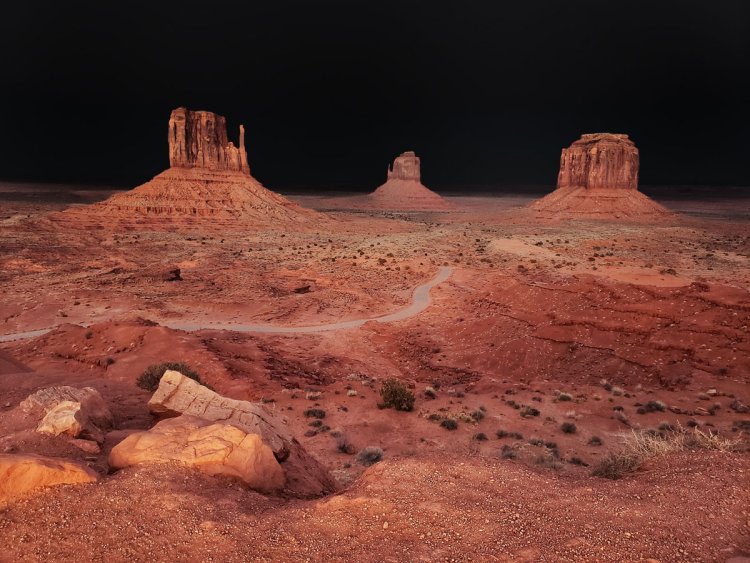
Travel your way
The story of The Three Sisters stand alongside 17-Mile Drive in Monument Valley Navajo Tribal Park
Visiting Monument Valley is a traveler must-do. The isolated red mesas and vast sandstone buttes are one of the most iconic views of the US.
Monument Valley, a red-sand desert region on the Arizona-Utah border, is known for the towering sandstone buttes of Monument Valley Navajo Tribal Park. The park, frequently a filming location for Western movies, is accessed by the looping, 17-mile Valley Drive. Valley’s collection of crimson mesas and towering sandstone buttes captures colors that appear only in nature.
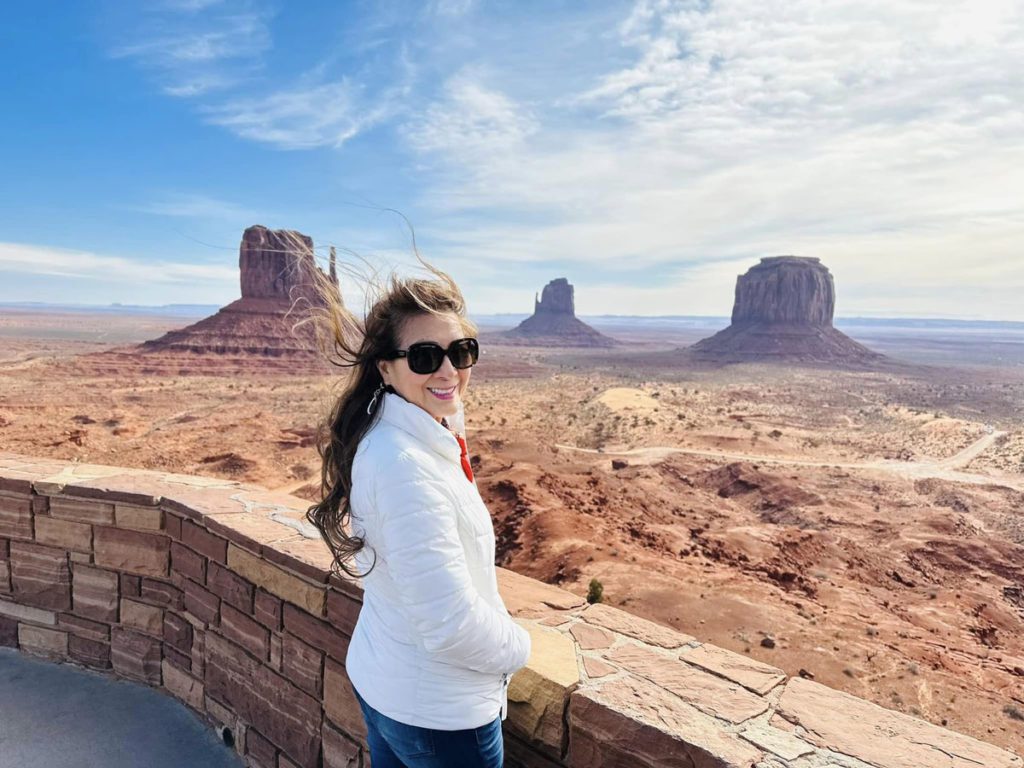
In the heart of Monument Valley Navajo Tribal Park, there were three towering rock formations that stood side by side. The locals called them the Three Sisters, and they were among the most photographed landmarks in the park.
The Three Sisters had been standing in the same spot for thousands of years, watching over the land and the people who called it home. They were made of red sandstone and had been shaped by the wind and rain into intricate patterns and grooves. Each one had its own unique shape and character, but together they formed a striking trio that was impossible to ignore.
There were once three sisters. Having visited relatives far from home, they were walking across a playa on the Colorado Plateau when a company of Spanish Conquistadors spotted them.
The Spaniards started riding fast to capture the girls and take them back to camp as enslaved people.
They started running as fast as they could and entered Tsé Biiʼ Ndzisgaii, the land today called Monument Valley. Racing between Tó Neinilii—in today’s names, Rain God Mesa—and Ghą́ą́ʼnaakiskʼidii, Camel Butte, they called to the gods for help. The soldiers were getting closer, and even the hoofbeats could be heard.
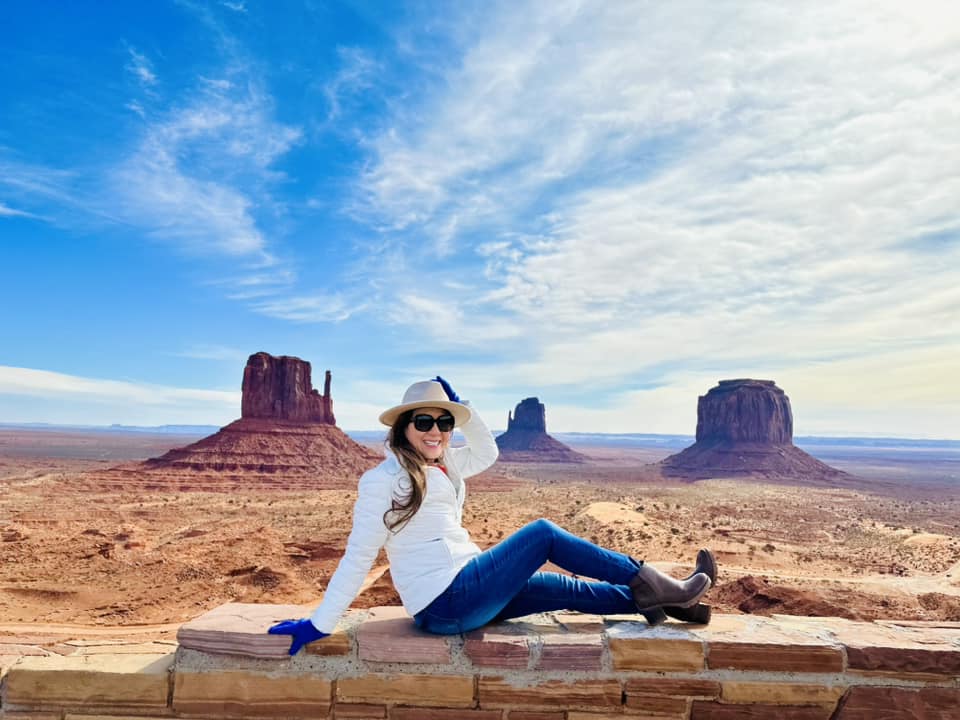
Suddenly there was a screech from the sky, and three eagles swooped down, gathering the girls and carrying them to a nearby mesa. The girls could look down and see that the conquistadors were coming closer and closer.
Out of the clear sky, a cloud began to form and lower itself and soon completely covered the girls. Just as quickly, the cloud disappeared, and the girls became spires of red rock atop the mesa. The Spaniards rapidly pulled their horses to a halt and realized that they would never be able to capture the three sisters.
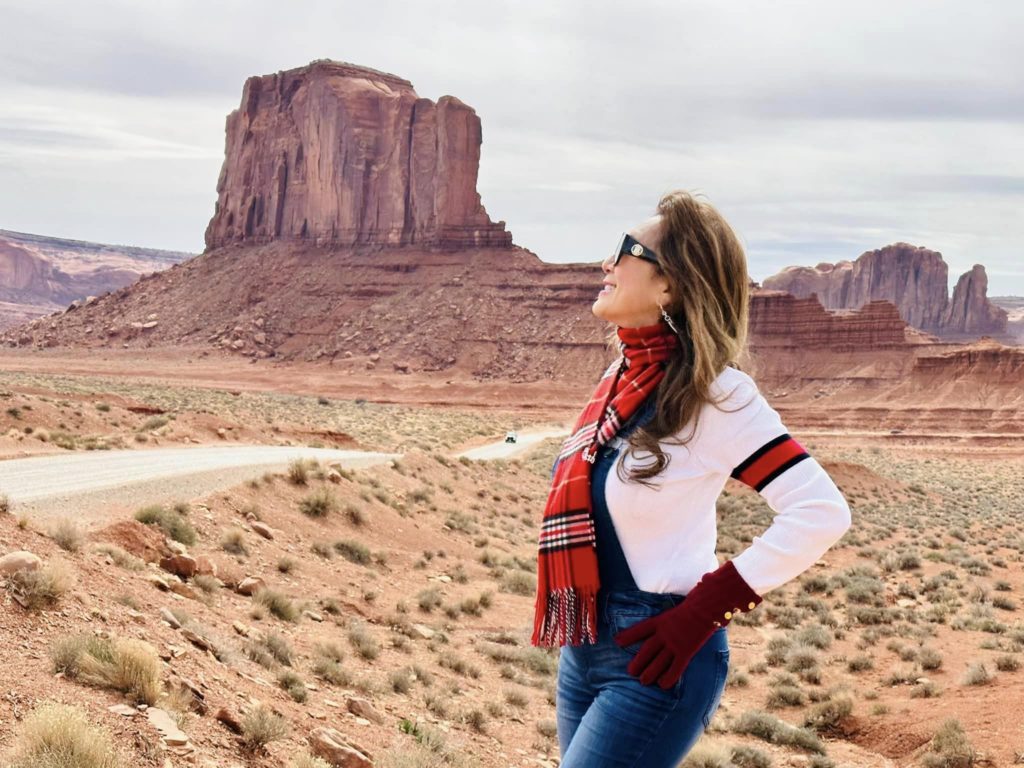
The Three Sisters stand alongside 17-Mile Drive in Monument Valley Navajo Tribal Park, Oljeto, Utah-Arizona. 17-Mile Drive is a soft, sandy dirt road that is easily traversed in a sedan with low clearance, and it is the only road that the general public can travel through portions of Monument Valley.
To see the entire Valley, the arches, the ancestral pueblos and a working sheep ranch with traditional hogans, a tour led by a Navajo guide is required. Such tours by bus, jitney or Jeep are highly recommended.
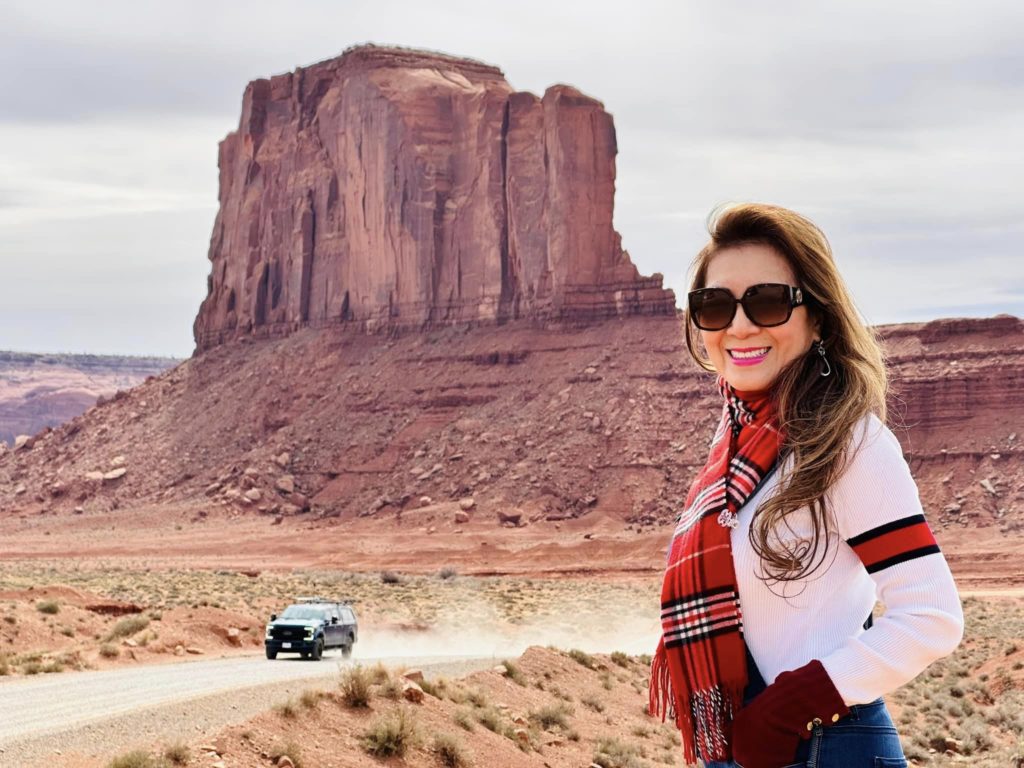
The story of the Three Sisters was told by a Navajo guide on a half-day tour of the valley. Since that time, I have heard other versions with different details—no eagles; the girls rode bears; they ran to the top of the mesa and realized they were not safe. They were changed in a thunderstorm; three consecutive lightning strikes; a blinding blaze of sun. I’ve heard one version that it was the U.S. Cavalry they were fleeing, or other tribes. Most of the stories heard focus on the Spanish troops.
Story by Eric Jay Toll
The story of The Three Sisters stand alongside 17-Mile Drive in Monument Valley Navajo Tribal Park
admin
















